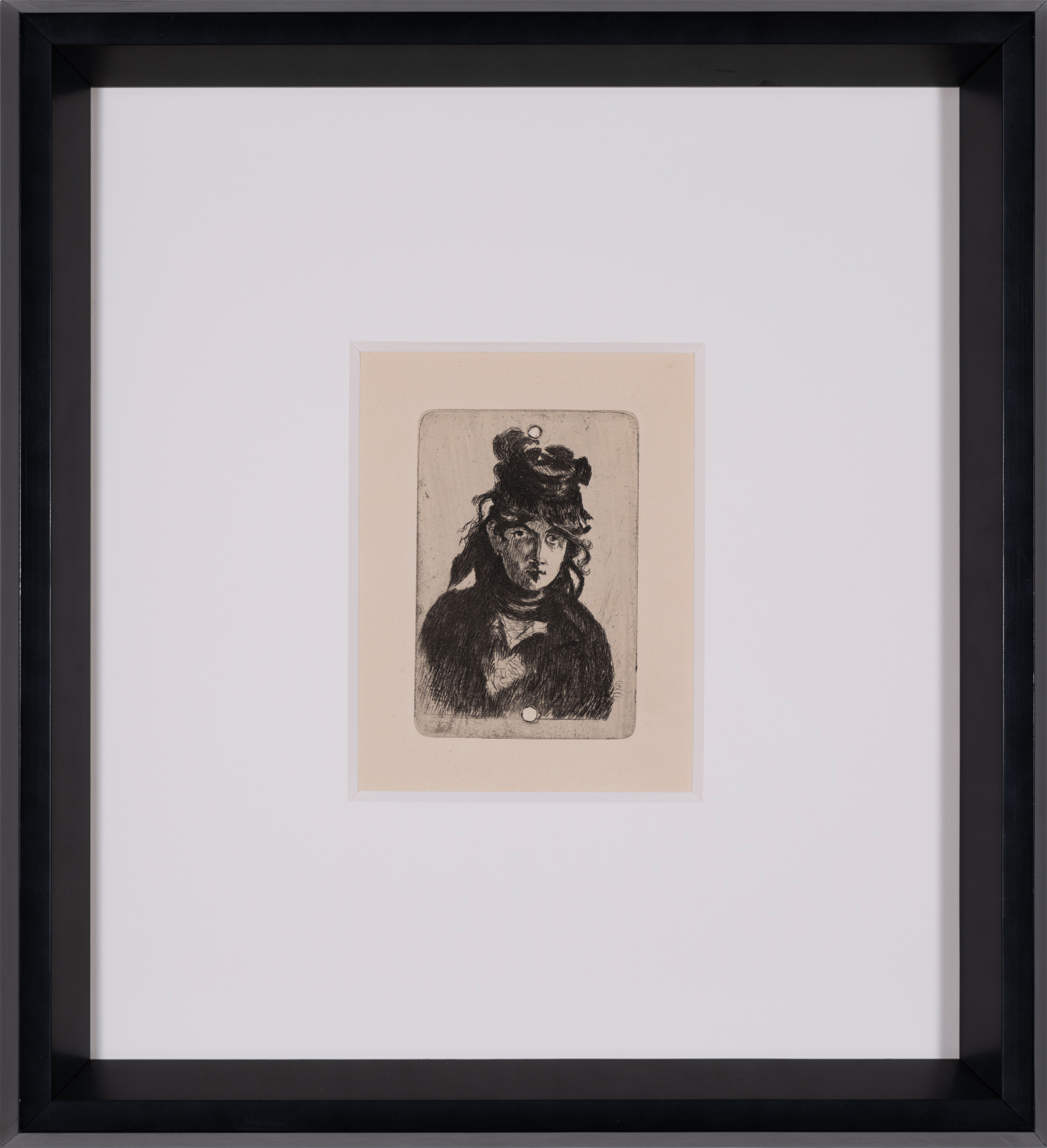Édouard Manet (1832–1883)
The Bold Visionary Who Redefined Modern Art
Édouard Manet stands at the crossroads of tradition and innovation—an artist whose daring approach to subject matter and technique helped lay the foundation for modern painting. Though trained in the classical style, Manet chose to confront the world around him, turning his eye to scenes of contemporary life, working-class figures, café culture, and the raw beauty of Parisian streets.
Unlike his Impressionist contemporaries—many of whom he influenced directly—Manet never abandoned the studio entirely. Yet, his works shared their vibrancy, looseness of brushstroke, and sensitivity to light. He exhibited at the Salon des Refusés, challenged the conservative art establishment, and ignited public debate with works like Le Déjeuner sur l’herbe and Olympia—paintings that were scandalous in their time but are now seen as turning points in art history.
Though primarily known as a painter, Manet also produced a select and highly prized body of etchings and lithographs, offering collectors a direct and tactile connection to his hand. These works on paper carry the same bold line, psychological complexity, and immediacy that define his canvases—whether portraying a lone figure, a fleeting gesture, or the rhythm of Parisian life.
Today, Manet’s influence is felt in nearly every corner of modern art. His prints are not only prized for their rarity and historical importance—they are intimate windows into the mind of a master at the dawn of modernity.








